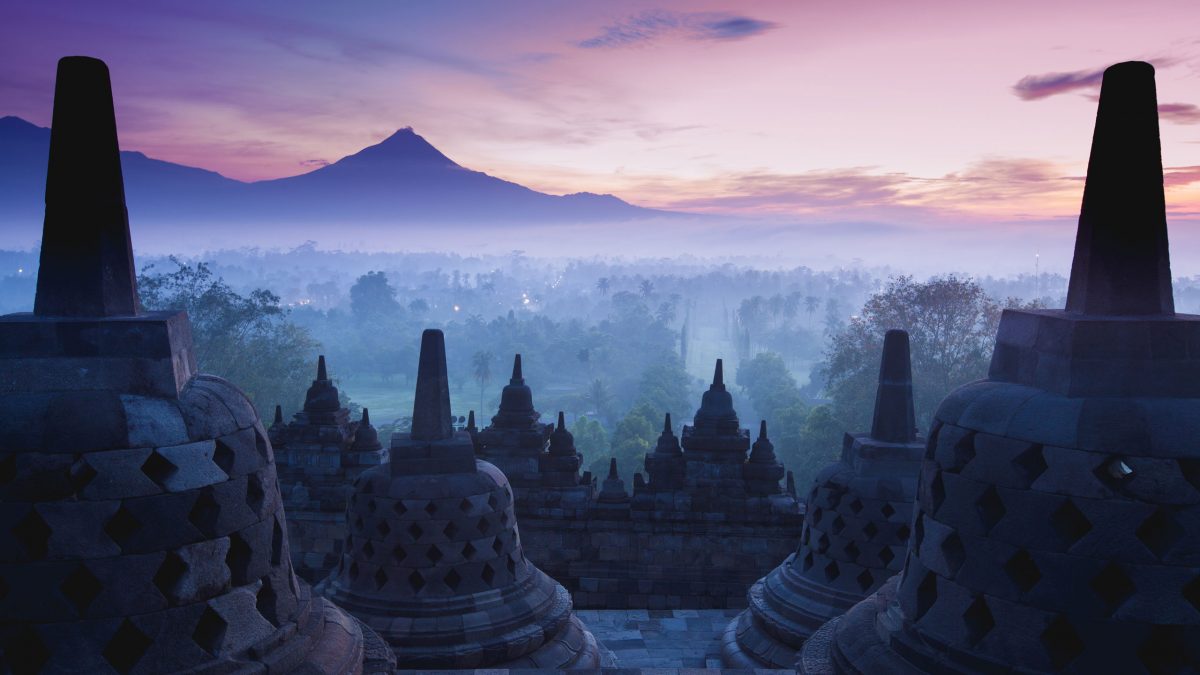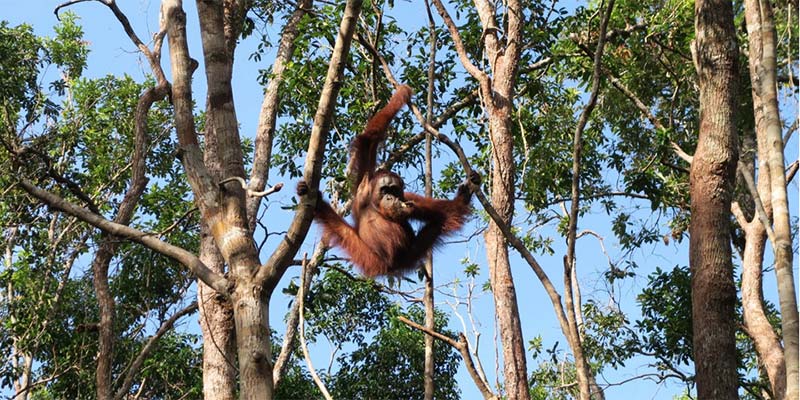Kalimantan is the Indonesian portion of the island of Borneo. It comprises 73% of the island’s area. The non-Indonesian parts of Borneo are Brunei and East Malaysia. In Indonesian, the term “Kalimantan” refers to the whole island of Borneo which its name derived from Brunei.
Etymology
The name Kalimantan, which is often spelled Klemantan, was derived from the Sanskrit word Kalamanthana, which means “burning weather island”, or island with a very hot temperature, to describe its hot and humid tropical climate. It consists of the two words kal[a] (time, season, period) and manthan[a] (boiling, churning, burning). The word Kalamanthana is spelled Kalmantan, and then the indigenous people fixed it into Klemantan.

















